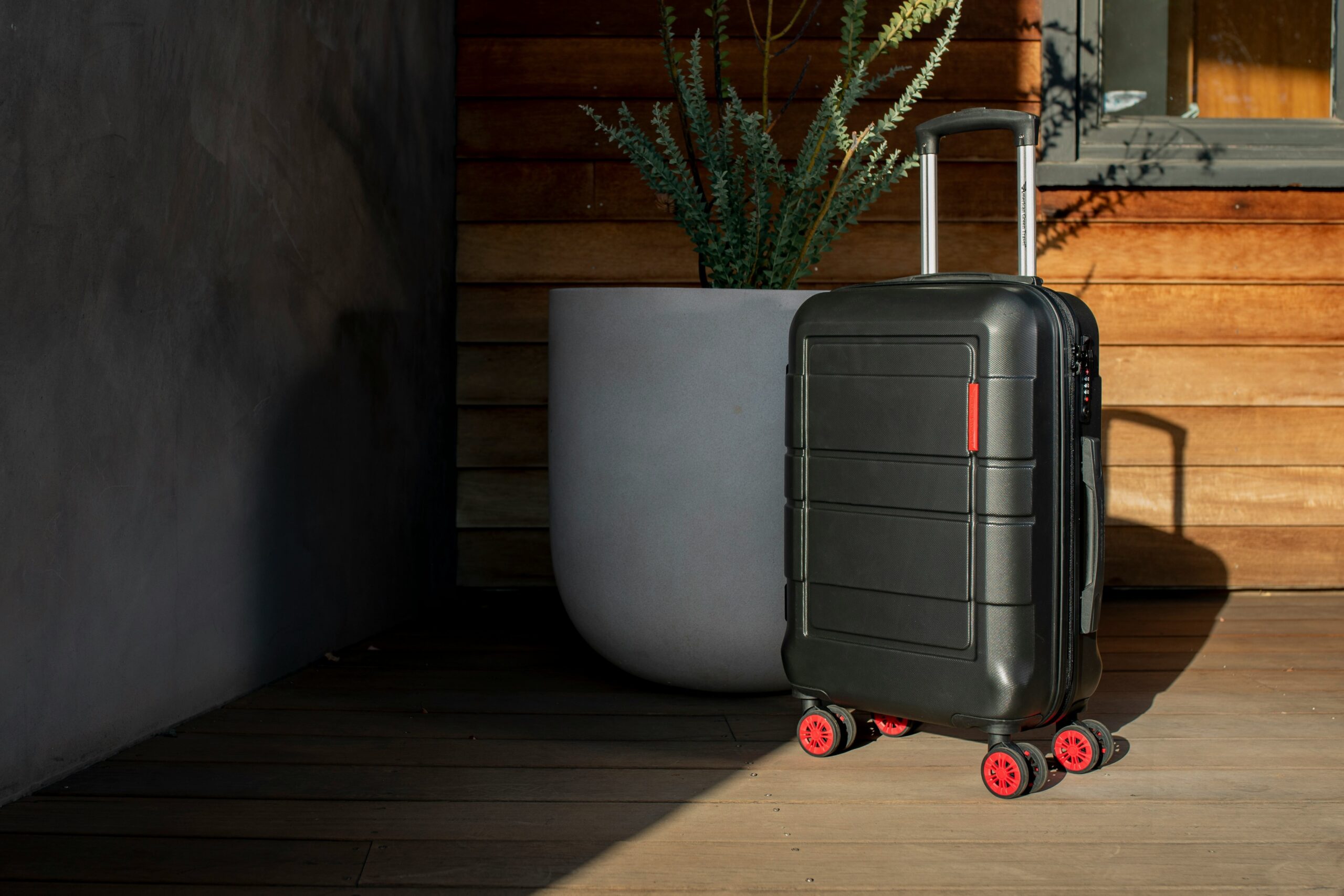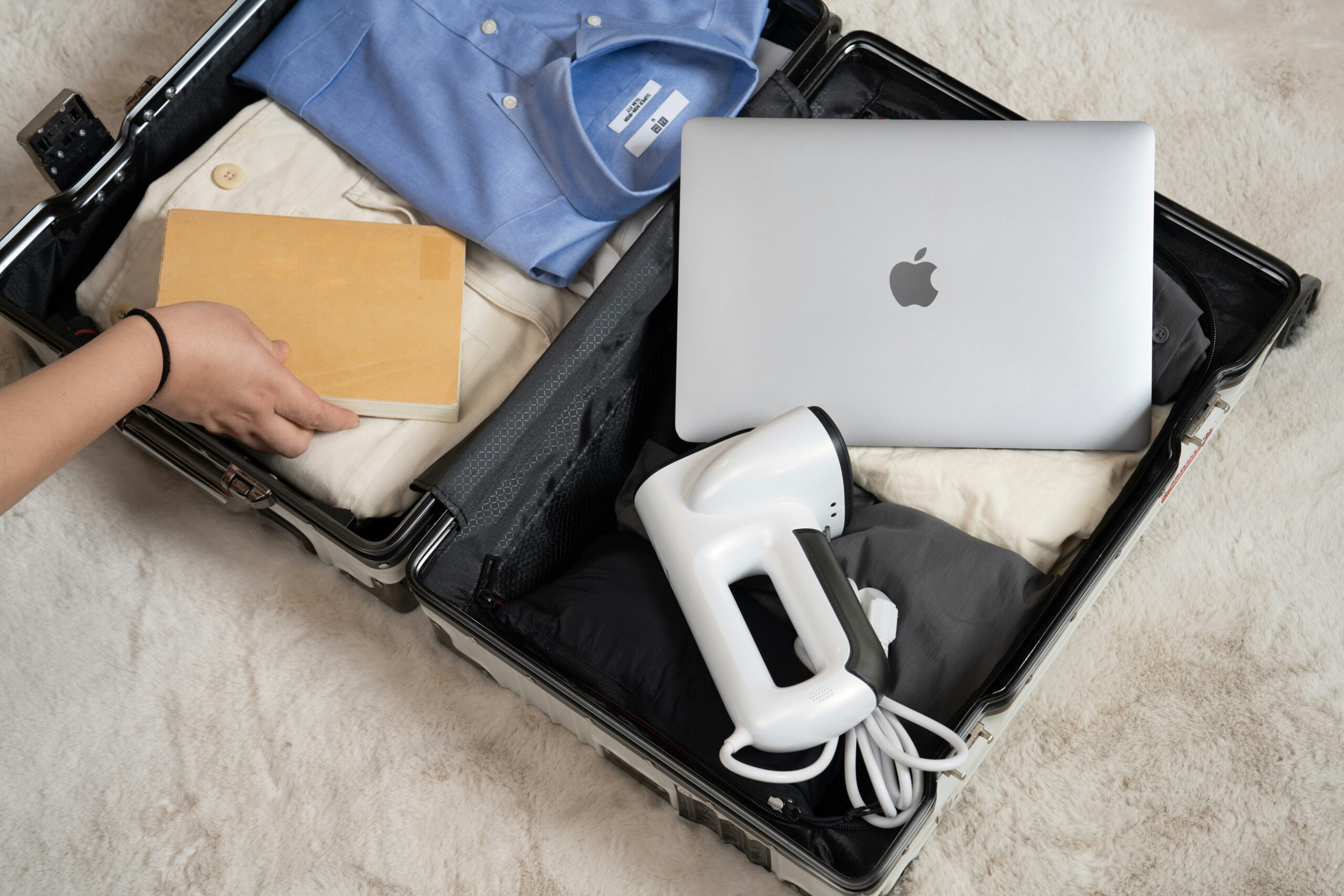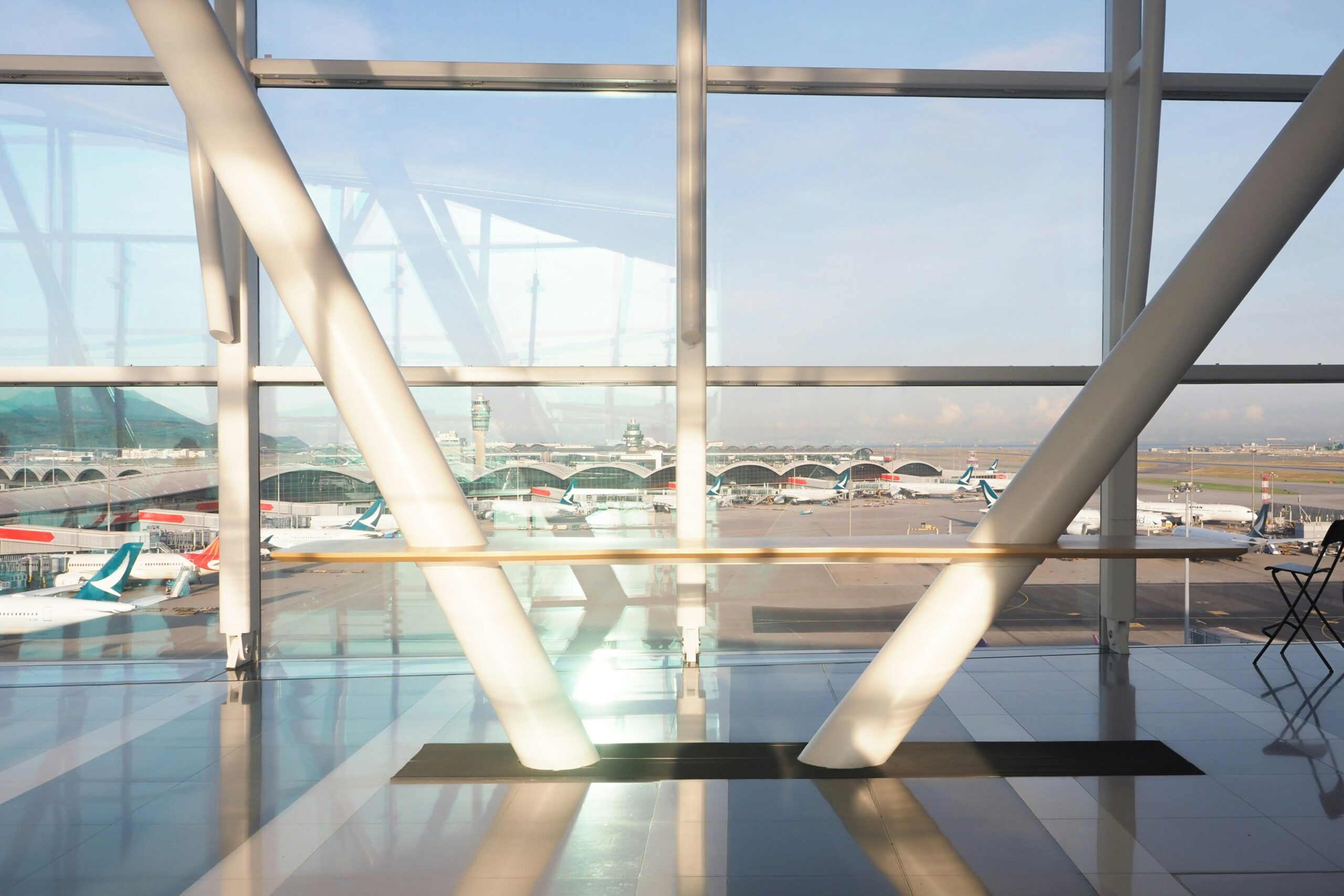Ever been stuck in an airport terminal, surrounded by shattered suitcases and your neatly packed laptop gear spilling out? Yeah, it’s a nightmare. For business travelers, luggage isn’t just a carrier—it’s an extension of professionalism and preparedness. And if you’re reading this, chances are you’ve had your fair share of “luggage fails.” Today’s solution? Hardshell suitcases. Let’s dive into why these armor-like travel companions might be *your* golden ticket to stress-free business trips.
Table of Contents
- Key Takeaways
- The Problem with Traditional Luggage for Business Travelers
- Step-by-Step Guide to Choosing the Best Hardshell Suitcase
- 5 Essential Tips for Maximizing Your Hardshell Suitcase
- Real Stories from Road Warriors Who Swear by Hardshell
- FAQs: Your Burning Questions About Hardshell Suitcases Answered
Key Takeaways
- Durability: Hardshell suitcases protect fragile tech and documents like Fort Knox.
- Organization: Optimize packing space with internal compartments designed for efficiency.
- Aesthetic Edge: A sleek hardshell makes a professional impression at every touchpoint.
- Cost vs. Value: While pricier upfront, high-quality hardshells save money long term.
The Problem with Traditional Luggage for Business Travelers
I once showed up to a client pitch meeting wearing a wrinkled shirt because my fabric suitcase literally caved under the pressure of being tossed around baggage claim. Ugh. That awkward moment when you’re trying to close a deal but look like you’ve slept on a train station bench? Yup.
Traditional soft-sided luggage has its perks—like flexibility—but when you’re carrying $3k worth of technology plus presentation materials, do you really want something that can be squashed like a pancake? Nope.
Here’s what we know about business travel and luggage:
- The average business trip involves at least two flights or transfers, increasing wear-and-tear risks.
- 68% of frequent fliers report damage to their bags during transit (Source: SITA Baggage Report).
- Cheap, flimsy luggage often results in losses exceeding $200 annually due to repairs or replacements.

Figure 1: Damaged luggage statistics reveal the need for durable options like hardshell suitcases.
“Optimist You:”
“Softside bags will totally work! They’re lighter!”
“Grumpy Me:”
Yeah, sure… until they’re ripped open faster than a bag of chips in a bear attack.
Step-by-Step Guide to Choosing the Best Hardshell Suitcase
Step 1: Assess Size Requirements
Start by deciding between carry-on or checked sizes based on your typical flight durations. Frequent domestic flyers usually prefer 22-inch models, while international jet-setters opt for 28-inch expandables.

Step 2: Examine Material Durability
Not all hardshells are created equal. Polycarbonate offers lightweight strength; aluminum provides premium protection (but adds weight!); ABS plastic is budget-friendly yet still sturdy.
Step 3: Focus on Security Features
Look for TSA-approved locks and reinforced zippers. Some brands even integrate GPS tracking for added peace of mind.
Step 4: Test Mobility & Ergonomics
A great suitcase should glide effortlessly through crowded terminals. Opt for 360-degree spinner wheels and ergonomic handles.
Step 5: Compare Brand Reputation
Brands like Rimowa, Samsonite, and Away lead the pack in durability and style. Research reviews to ensure you’re investing wisely.
5 Essential Tips for Maximizing Your Hardshell Suitcase
- Pack Smart: Utilize packing cubes to maximize organization within your suitcase.
- Protect Fragile Items: Use bubble wrap or compression bags for electronics.
- Add Personalization: Decorative tags or monogrammed initials make spotting your case easy.
- Clean Regularly: Dust and dirt can scratch surfaces—wipe down after each trip.
- Avoid Overloading: Even hardshells have limits! Stick to recommended weight capacities.
Pro Tip: Don’t use duct tape to “fix” cracks—this screams “I cheap out on quality.” Instead, invest in repairs or replacements.
Real Stories from Road Warriors Who Swear by Hardshell
Maria, a corporate consultant, says switching to a Rimowa hardshell saved her sanity. “Between client meetings and weekly commutes, my clothes stay wrinkle-free, and my laptop remains intact—even after rough handling.”
John, a startup founder, shares how his Away hardshell survived a fall off a conveyor belt unscathed. “It looked battle-worn, but everything inside was completely safe. Worth every penny.”
Lessons learned? These stories highlight consistency in performance and reliability—two must-haves for serious business travelers.
FAQs: Your Burning Questions About Hardshell Suitcases Answered
Are hardshell suitcases heavier than soft-sided ones?
Depends on the material. Modern polycarbonate designs strike a balance between lightness and strength.
Do hardshells get scratched easily?
Yes, they can—but many come with scratch-resistant coatings. Pro tip: Choose darker colors to hide minor scuffs.
Can I bring a hardshell as a carry-on?
Absolutely! Most airlines accept standard 22-inch models as carry-ons. Always check specific carrier guidelines though.
Are hardshell suitcases more expensive?
Upfront costs may be higher, but their longevity makes them a better value over time. Think investment piece, not impulse buy.
Conclusion
Let’s recap: Hardshell suitcases aren’t just stylish—they’re smart investments for any serious business traveler. With superior protection, unmatched organization, and undeniable professionalism, they elevate both your travel experience and your image. Ready to upgrade your pack game?
Like a Tamagotchi, your SEO needs daily care—but your luggage deserves lifetime durability. 🎒✨


